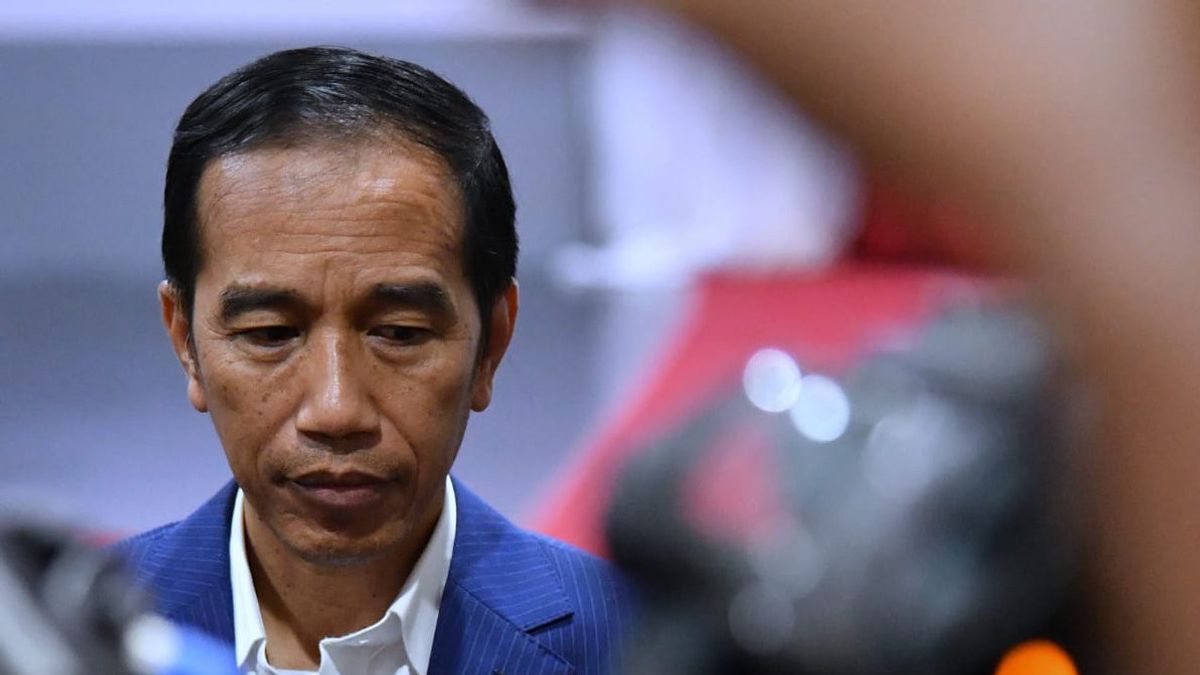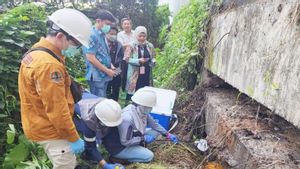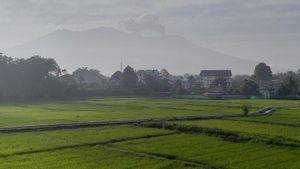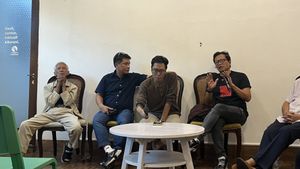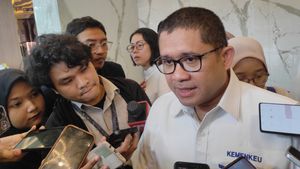JAKARTA - President Joko Widodo (Jokowi) claims that the level of inequality in rural areas has decreased. This condition, he said, was the result of the utilization of Transfers to Regions and Village Funds (TKDD). Therefore, in the 2021 APBN, Jokowi budgeted a total of Rp796.3 trillion.
The reduction in inequality in rural areas, said Jokowi, was shown by the lower Gini ratio. In 2016 the Gini ratio stood at 0.316, then fell to 0.315 in 2019. In addition, the percentage of poor people in rural areas has decreased. From 13.96 percent in 2016 to 12.6 percent in 2019.
For information, the Gini ratio is one of the tools to measure the degree of inequality of population income distribution. The value of the Gini ratio ranges between 0 and 1. The gini coefficient of 0 indicates perfect income distribution.
The President said that the use of TKDD was also felt by the Indonesian people through improving the performance of basic public services. Some of the services referred to are household access to drinking water and proper sanitation. Then, delivery assisted by health workers.
Even though the village funds are claimed to be able to reduce the gap, Jokowi is still cutting the TKDD budget allocation for next year. Jokowi's budget allocation for 2021 is lower than in recent years. Since 2018, TKDD is known to be in an increasing trend. From IDR 766.2 trillion (2018), IDR 826.77 trillion (2019), to IDR 856.94 trillion (2020).
"In 2021, the TKDD budget is planned for Rp796.3 trillion," he said, in a speech delivering the government's statement on the Draft Law on the 2021 Fiscal Year State Budget and its financial notes, at the Parliament Complex, DPR RI Building, Friday, August 14.
Jokowi said the allocation of transfers to these regions would be used to implement several policies. First, support measures for economic recovery in line with national priorities.
"Through the development of accessibility and connectivity in centers of economic growth, incentive support for regions to attract investment, improvement of investment service systems, and support for MSMEs," he said.
Second, optimizing the use of profit-sharing funds in order to support health management, social safety nets, and economic recovery from the impact of COVID-19.
Third, direct 25 percent of the general transfer funds to accelerate regional economic recovery and human resource development programs. Fourth, focusing on the use of regional incentive funds (DID) to digitize education, health, and empowering MSMEs.
Then, fifth, refocusing and implicating the types, fields, and activities of regular physical Special Allocation Funds (DAK) and assignments. Sixth, non-physical DAK also supports the strengthening of education human resources through the support of independent learning programs, as well as additional strategic sectors.
"Such as funds for protecting women and children services, investment facilitation funds, and food security service funds," he said.
Finally, sharpening the allocation of village funds for rural economic recovery and development of priority sectors, such as: information and communication technology, development of tourism villages, and supporting food security.
The English, Chinese, Japanese, Arabic, and French versions are automatically generated by the AI. So there may still be inaccuracies in translating, please always see Indonesian as our main language. (system supported by DigitalSiber.id)
